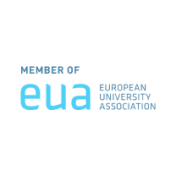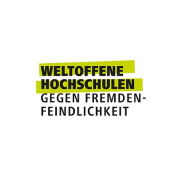Analyse der Nutzung von KI für AENEAS (ANUKI)
Monitoring and controlling software and system development projects involves a great deal of effort due to the complexity of the projects. Following a “perceived” project status in decision-making processes is inappropriate and, given the nature of software projects in the aerospace industry, grossly negligent. The systematic and risk-driven project management required for this must be based on objective and clear, measurable quality indicators, so-called metrics. Fact-based decision-making is only possible based on reliable figures.
Due to the size and complexity of space projects, which are usually carried out in international cooperation, selecting, recording and interpreting the metrics relevant to a project is not easy. Among other things, metrics must be clear, objective, appropriate and meaningful. This is where difficulties can arise in both internal and cross-project coordination, for example between the client and contractor. Are the same metrics used by all parties? Is the data collection comparable - and therefore also the data evaluation? Are the metrics used understood and interpreted in the same way by all parties involved? These questions are essential and must be answered clearly to enable transparent and fact-based project management. A standardized metrics catalog used by all project parties lays the foundation for this. The AENEAS project (contractor visibility and knowledge gain for sustainable development through automated software metrics collection) has already laid the essential foundations for this.
Metrics are initially just numerical values that need to be interpreted. Decisions can then be made in projects based on the interpretation. Artificial intelligence (AI) techniques can be used here to analyze the data and make recommendations in decision-making processes. However, AI techniques can be used even further. For example, it is possible to use AI techniques to analyze text and automatically evaluate the quality of the analyzed texts. For example, a requirements specification or a user manual can be analyzed and evaluated by an AI algorithm. The result is a key figure that expresses the quality or weaknesses of requirements or documentation. On the other hand, AI techniques can also be used to estimate developments on the basis of project data and to detect undesirable developments in projects at an early stage. Timely intervention by project management can then effectively reduce or even avoid risks.
The overall goal of this project is therefore the standardization of metrics for AI-supported, automated processing in aerospace software and system development projects. Metrics are to be recorded more automatically than before and collected and processed uniformly in complex project organizations. AI techniques are to be applied to metrics to carry out automated recording, forecast the development of a project and react to undesirable developments at an early stage. This will significantly reduce or even completely avoid risks in project implementation.
Term
Funding body
Your contact person
![[Translate to English:] [Translate to English:]](/fileadmin/_processed_/1/2/csm_Kuhrmann_a07b1ee322.jpg)






